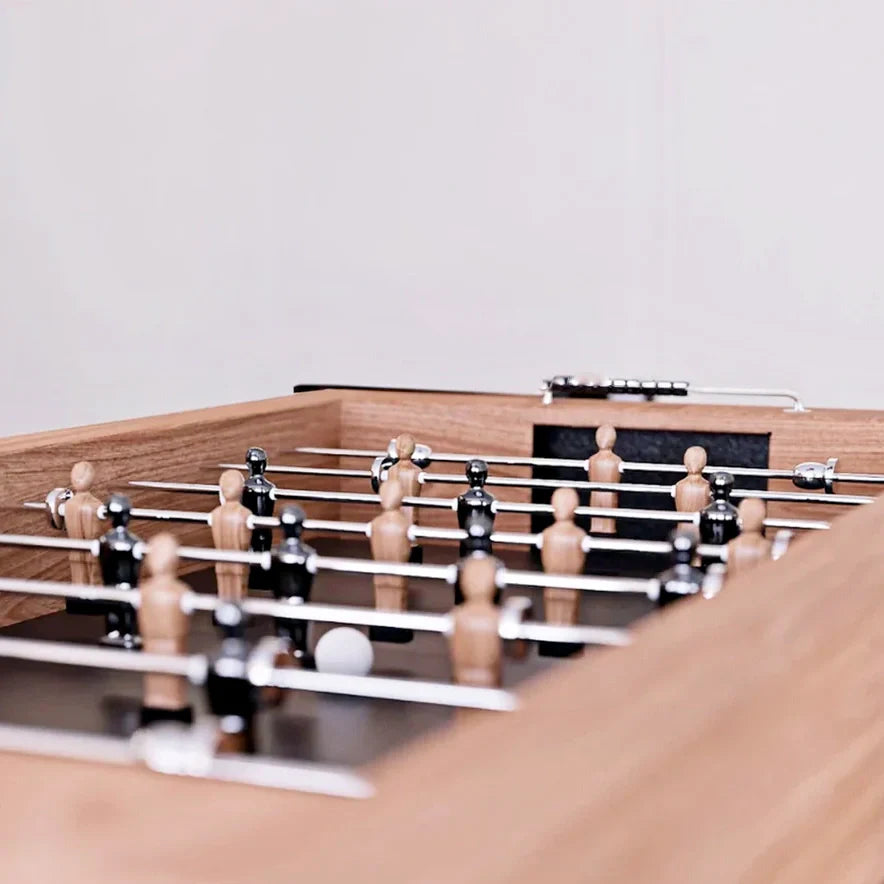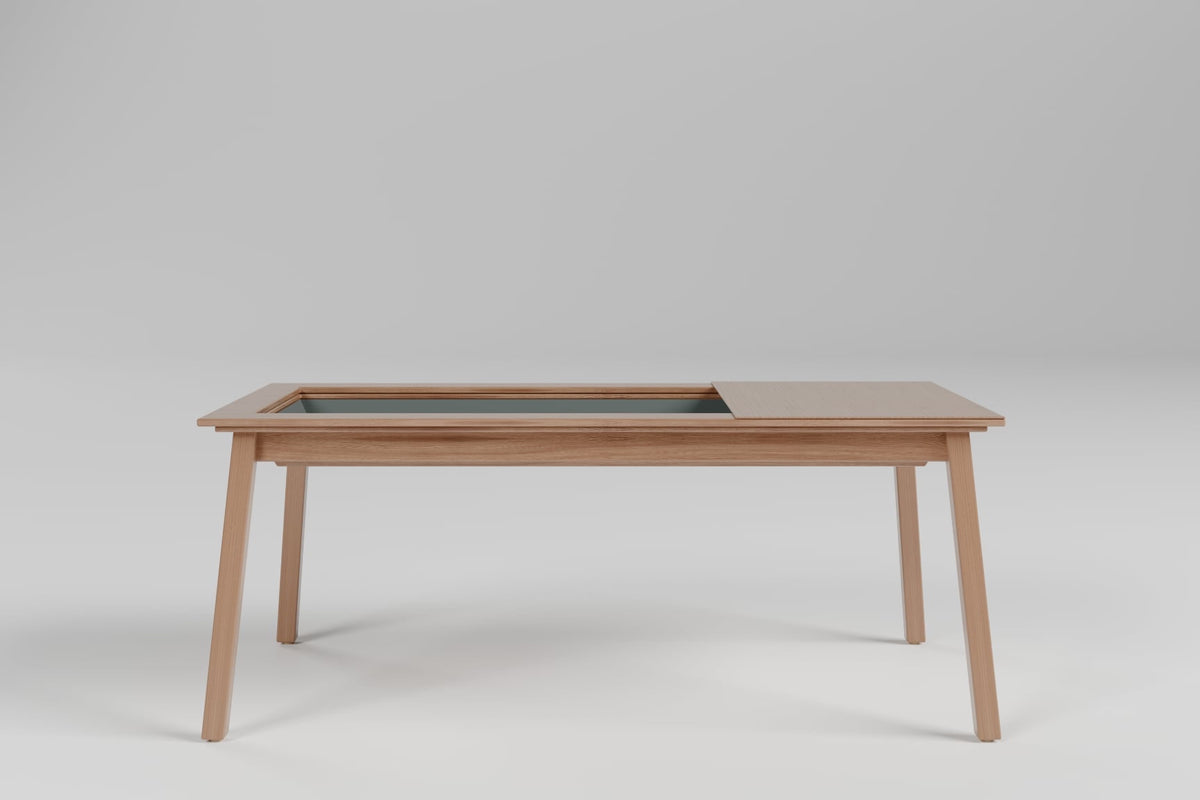Table tennis and ping pong are often used interchangeably, but they represent different aspects of the same sport. This article explores the nuances that differentiate these terms, focusing on their historical context, gameplay, equipment, and competitive nature.
Historical Context
The origins of both terms trace back to the late 19th century in England. The game initially known as "Gossima" evolved into what we now recognize as table tennis. The name "ping pong" emerged from the sound made by the ball during play, popularized by a trademark held by Hamley Brothers in England. Due to trademark concerns, the International Table Tennis Federation (ITTF) adopted "table tennis" as the official term for competitive play, while "ping pong" became associated with more casual or recreational games.
Gameplay Differences
While both games share similar rules and objectives, there are notable differences in how they are played:
-
Rules and Scoring:
- Table Tennis: Matches are typically played to 11 points, requiring a two-point lead to win. Players must serve by tossing the ball at least 16 cm in the air.
- Ping Pong: Often played informally, scoring can vary, with some games going up to 15 or even 21 points. The serving rules are more relaxed, allowing players to hit the ball directly from their hand or after a bounce.
- Variations: Ping pong includes playful variations like "Rundlauf," a group game where players rotate in and out of play. Such variations are less common in formal table tennis settings.
Equipment Differences
The equipment used in table tennis and ping pong also differs significantly:
- Tables: Both table tennis and ping pong tables are identical in size and height, adhering to standard dimensions set by the ITTF.
-
Paddles:
- Table Tennis Rackets: Typically feature a wooden blade with a layer of sponge covered by rubber on both sides. This design allows for significant spin and speed during play.
- Ping Pong Paddles: Often made of wood with sandpaper surfaces, these paddles produce less spin and slower gameplay. They are generally more accessible and less expensive than professional table tennis paddles.
Competitive Nature
The distinction between table tennis and ping pong is also reflected in their competitive environments:
- Table Tennis: Recognized as an Olympic sport since 1988, it features rigorous standards for equipment and gameplay. Players compete in leagues and international championships under strict regulations set by the ITTF.
- Ping Pong: While still a competitive activity, it is often viewed as a more relaxed version of the game. The atmosphere surrounding ping pong matches tends to be informal, focusing on fun rather than strict competition.
Conclusion
In summary, while table tennis and ping pong refer to essentially the same sport involving a small ball, paddles, and a table with a net, they embody different approaches to gameplay. Table tennis represents the formal, competitive side of the sport governed by standardized rules and equipment, whereas ping pong is associated with casual play and social enjoyment. Understanding these differences can enhance your appreciation for both forms of this beloved game.





0 comments